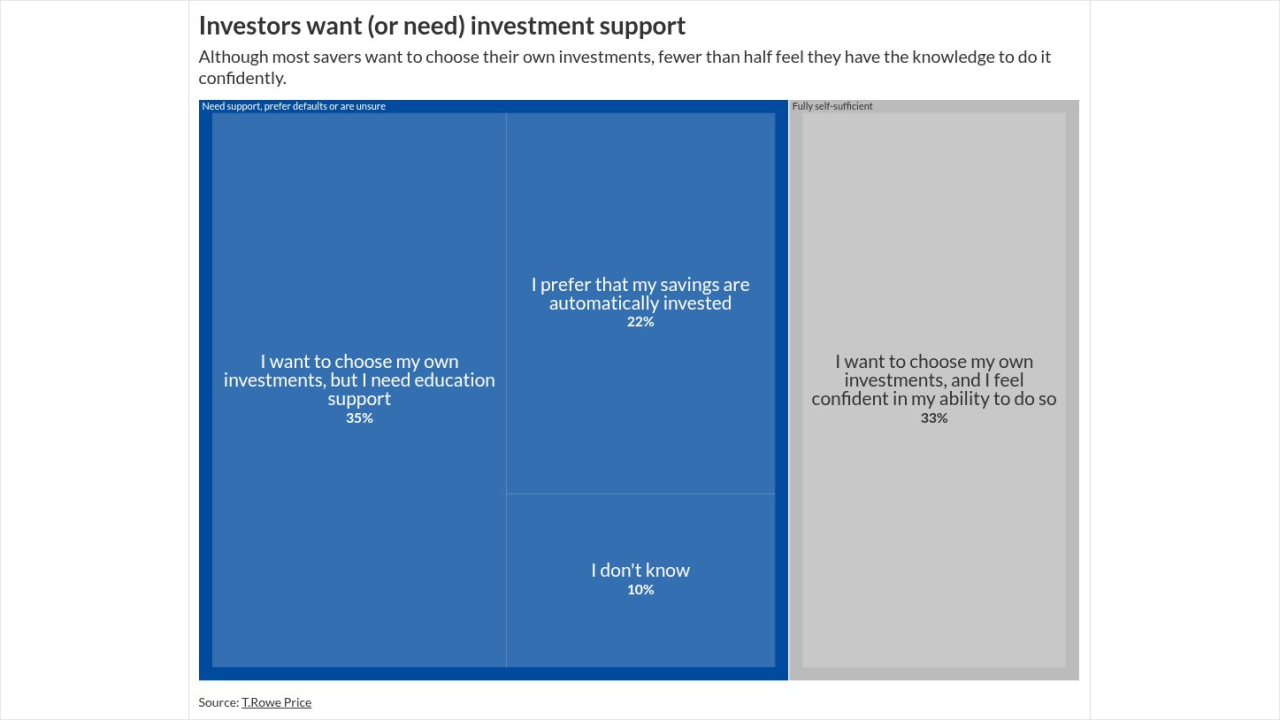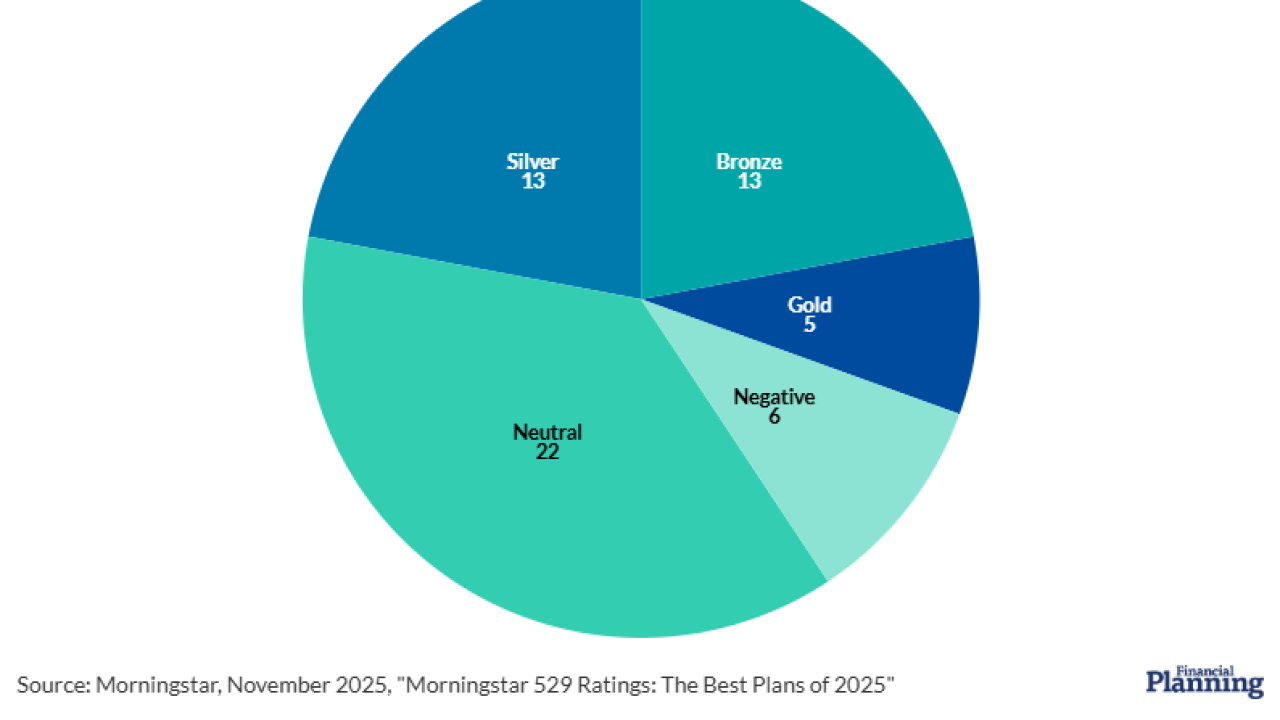ORLANDO, Fla. — Financial planners, along with other business owners such as doctors, dentists and lawyers, are increasingly turning to cash balance plans to slash their taxes while supercharging their retirement savings.
Cash balance plans provide workers with a defined-benefit plan while giving employers more flexibility on contributions, John Ceparano, a principal with Modera Wealth Management, said at this week’s NAPFA Fall Conference. Business owners with cash flow also use them to reduce their tax liability.

The plans allow entrepreneurs to defer their income taxes and qualify for lower tax brackets by placing funds into the plans. Employers do not need to pay a particular amount into the plans each year, so long as they satisfy a set lump-sum requirement for overall funding of the plans.
“They can drastically reduce taxes for the owners on a corporate and personal level, depending on the way you have your business set up,” Ceparano said. “They can accelerate your retirement savings, especially for older people when they have not had a chance to accumulate those earnings.”
-
Borrowing against the value of one’s 401(k) is a great way to ride out a low-yield environment, right? Think again.
October 16 -
Are you taking full advantage of the tools at your disposal? Advisors share insights about approaches.
September 25 -
Early withdrawals from employer-sponsored plans can derail retirement, but may be necessary.
September 8
The key is thinking like a business owner and acting like a CEO, according to a new report.
DEFINED BENEFITS WITH 401(k) TRAITS
The plans’ setup as pools of funds from employers and employees rather than individual 401(k) accounts helps the older employees catch up on lost time, he says. However, like 401(k)s, cash balance plans state the benefit as an account balance rather than as monthly income.
While traditional defined-benefit plans have been dying out, cash balance plans jumped 1,035% between 2001 and 2014 to 15,178 plans with assets of more than $1 trillion, according to retirement plan firm Kravitz. As of 2014, those plans included 12.3 million participants.

Dental and medical offices, financial services firms and law practices have adopted them most widely, a 2016
Doctors and lawyers who have paid off their student loans, bought their family houses and provided for their kids’ education make ideal candidates for the strategy, Ceparano said in a presentation at the NAPFA conference.
“They finally get to a point where the cash flow starts rolling in,” he said, noting the clients’ typical age range is between 45 and 55 years old. “You’re going to need to know, what are these other ways that we can defer these taxes and keep them in a lower bracket right now?”
ADVISORS ALSO CLIENTS
Planners considering a cash balance plan for their practice or their clients’ business will need to work with an actuary on means-testing and other technical issues, notes Bill Prewitt, the founder of Charleston, South Carolina-based Charleston Financial Advisors.
The combination of a cash balance plan with a 401(k) works well, says Prewitt, who started a cash balance plan at his RIA about seven years ago.
“I’ve been using this combination as a way of tracking equity for my firm in a very tax efficient manner and using it as part of a transition plan to my younger partners,” he told NAPFA members following Ceparano’s presentation. “So this stuff is very, very powerful.”






